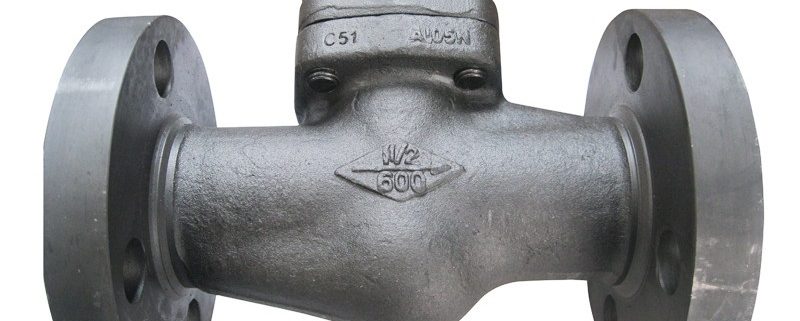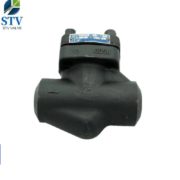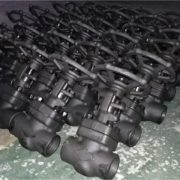What is the difference between a forged steel valve and a cast steel valve?
What is the difference between a forged steel valve and a cast steel valve
Forged steel valves are better than cast steel valves and can withstand large impact forces. Plasticity, toughness and other mechanical properties are also higher than steel castings, but the nominal diameter is relatively small, generally below DN50. Casting valves have lower pressure ratings. Commonly used nominal pressures are PN16, PN25, PN40, 150LB-900LB. Forged steel valve grade: PN100, PN160, PN320, 1500LB-3500LB, etc. Cast steel is mainly used to make parts that are complex in shape, difficult to forge or cut, and require high strength and plasticity.
Cast steel valve is liquid molding, and forging is a plastic deformation process. The forged workpiece can improve the internal structure of the structure, the mechanical properties are good, the grains are uniform, and the important laborious workpiece must be forged. The casting will cause structural segregation, structural defects, and of course, casting has its advantages. The forming of complex workpieces is not easy to mold and has been cast.
Forged steel globe valves are available in three bonnet designs. The first type is a bolt type valve cover. The valve body designed according to this design has a valve body and a valve cover connected by bolts and nuts, and a wound type gasket (made of 316 clip flexible graphite). Metal rings can also be used when customers have special requirements. The second design form is a welded bonnet. According to this design, the valve body and the bonnet are screwed and fully welded. All welded connections are also available when the customer has special requirements. The third type is a pressure self-tightening valve cover. The valve designed according to this design form has a valve body and a valve cover which are screwed, and an internal pressure is sealed from the sealing ring.






